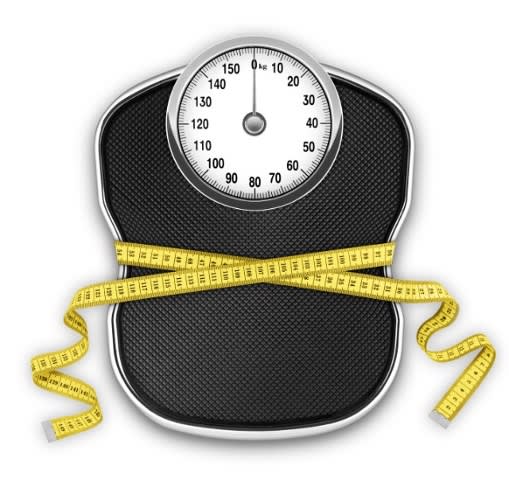This is the fourth and final article in four-part series focusing on Depression, Postpartum Depression, Anxiety, Attention Deficit Disorder (ADD/ADHD), Obsessive Compulsive Disorder (OCD) and Panic Disorder, and how exercise can be effective in their treatment.
Panic Disorder
Panic Disorder is an anxiety disorder characterized by recurring severe panic attacks. It may also include significant behavioral changes lasting at least a month, and ongoing worry about the implications or concern about having other attacks. The latter are called anticipatory attacks (DSM-IVR).
Panic disorder is not the same as agoraphobia (fear of crowded places and awkward social settings), although many with panic disorder also suffer from agoraphobia. Panic attacks cannot be predicted; therefore, an individual may become stressed, anxious or worried wondering when the next panic attack will occur. (There are other schools of thought where panic disorder is differentiated as a medical condition or chemical imbalance).
Panic Disorder and Anxiety are different. Panic attacks have a sudden or out-of-the-blue cause, and are short in duration but with more intense symptoms. Anxiety attacks have stressors that build to less severe reactions that can last for weeks or months. Panic attacks can occur in children as well as adults. Panic in young people may be particularly distressing because the child has less insight as to what is happening, and his/her parent is also likely to experience distress when attacks occur. Some of the symptoms of Panic Disorder that last for one minute or more are:
- Intentional hyperventilation – creates lightheadedness, derealization, blurred vision, dizziness
- Spinning in a chair – creates dizziness, disorientation
- Straw breathing – creates dyspnea, airway constriction
- Breath-holding – creates sensation of being out of breath
- Running in place – creates increased heart rate, respiration, perspiration
- Body tensing – creates feelings of being tense and over-alert
The common treatment for Panic Disorder is the identification of treatments that engender as full a response as possible and at the same time minimize relapse; this is imperative. CBT (cognitive behavioral therapy) is the treatment of choice for panic disorder. When CBT is not an option, pharmacotherapy can be used. SSRIs (antidepressants) are considered a first-line medication option.
Here, also, we see that exercise is helpful. In a study that appeared in the American Journal of Psychiatry in 1998, 46 outpatients suffering from moderate to severe panic disorder with or without agoraphobia were randomly assigned to a 10-week treatment protocol of regular aerobic exercise (running), the drug clomipramine or placebos. In comparison to the group which received the placebos, the use of both exercise and clomipramine led to a significant decrease in symptoms according to all criteria of the study. A direct comparison between exercise and clomipramine revealed that the drug treatment improved anxiety symptoms significantly earlier and more effectively. Depressive symptoms were also significantly improved by exercise and clomipramine treatment. These results suggest that regular aerobic exercise alone, as opposed to placebos, is associated with significant clinical improvement in patients suffering from panic disorder, but that it is less effective than treatment with clomipramine. Either way, it is clear that a well-rounded and balanced program of exercise can aid in treatment and cure.
In Conclusion: It wasn’t very long ago that society would write off the mentally ill. Today, people with all types of mental health disorders are functioning members of society. They can do well in school, university, and in every single field of the workplace. Therapies and drugs now exist to help those who need help. And now, we also know that exercise has yet again begun to prove itself as the one thing that really can never hurt and only help. Exercise not only aids us physiologically, but psychologically as well. Whether you have depression, anxiety, OCD, ADD, or panic disorder, incorporating a balanced exercise program into your life will help you improve the quality of your life – perhaps even significantly.
For more information on programs and events, or content related to health, family and community, please visit: OU Community Services.
Alan Freishtat is an A.C.E. CERTIFIED PERSONAL TRAINER and a BEHAVIORAL CHANGE and WELLNESS COACH with over 19 years of professional experience. Alan is the creator and director of the “10 Weeks to Health” program for weight loss. He is available for private coaching sessions, consultations, assessments and personalized workout programs both in his office and by telephone and skype. Alan also lectures and gives seminars and workshops. He can be reached at02-651-8502 or 050-555-7175, or by email at alan@alanfitness.com Check out the his web site –www.alanfitness.com US Line: 516-568-5027.
The words of this author reflect his/her own opinions and do not necessarily represent the official position of the Orthodox Union.

